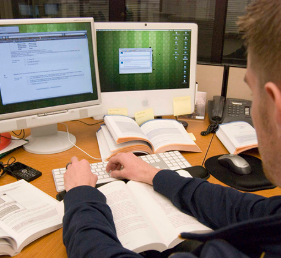Every student learns differently, and modifying the curriculum helps meet the unique needs of diverse learners. By adjusting teaching methods and materials, educators can create an inclusive classroom where all students have the chance to succeed.
Here are some helpful tips for modifying curriculum effectively:
1. Know Your Students
Understand each student’s strengths, challenges, and learning styles. Use assessments, observations, and conversations with families to get a full picture.
2. Set Clear, Realistic Goals
Modify learning goals to be achievable while still challenging. Break down complex tasks into smaller steps that match students’ abilities.
3. Adjust Content
Simplify or provide alternative materials without lowering the learning expectations. For example, use shorter texts, visual aids, or hands-on activities to make content more accessible.
4. Change the Process
Allow students to learn in different ways. This might include using assistive technology, providing extra time, or offering choices in how to complete assignments.
5. Modify the Environment
Create a supportive space that reduces distractions and provides necessary tools, such as quiet areas, adaptive seating, or sensory supports.
6. Provide Support and Scaffolding
Offer guided practice, step-by-step instructions, and check-ins to help students build confidence and independence.
7. Collaborate With Team Members
Work with special educators, therapists, and families to design effective modifications and ensure consistent support.
Final Thoughts
Modifying curriculum is about flexibility and creativity. When educators adapt their teaching, every student has a better chance to learn, grow, and shine in the classroom.





